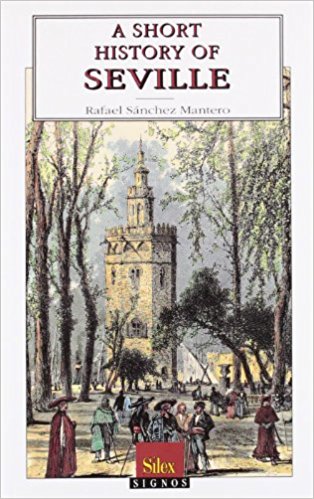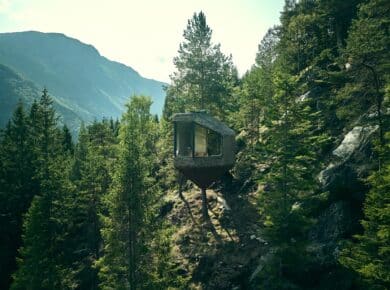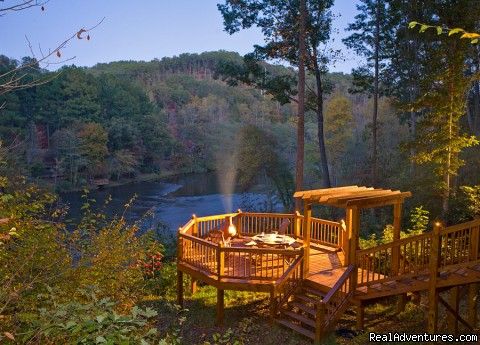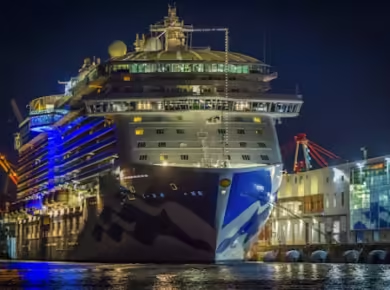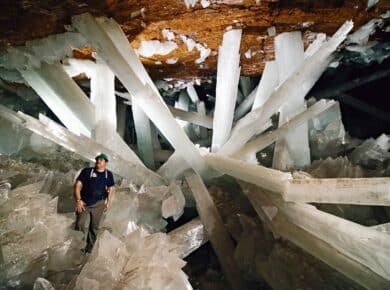A beautiful city with a turbulent history
Those who decide to visit Seville soon find out that the history of the city was a very tumultuous one, but it is this history that transformed Seville into what we see today. Its history has three great periods during which several cultures fought to conquer the city and impose their own customs and traditions on its people. The Guadalquivir River has played a very important role in the development of Seville over the centuries, as Seville has always been a port city enjoying a robust level of commerce as well as the bridge which linked the Atlantic Ocean with Andalusia.
Classical Seville
The legend regarding Classical Seville is that Hercules chose the spot for a new city. It is said that he marked it with six columns so that Julius Caesar could come and build the city. If you go for a walk along the Alameda de Hercules promenade you will have the opportunity to admire the statues of Hercules and Julius Caesar. Between the 2nd and the 4th centuries AD the city enjoyed a very prosperous period. It was during this time that the Amphitheater, with a 25,000 seat capacity, was built. The Romans eventually lost Seville to the Visigoths. However, when the 8th century arrived, it was the Moors who conquered the city.
The Moorish Seville
The Moors ruled over Seville for about five hundred years, during which several Moorish rulers tried to impose their own rules on the people of the city. In 1091, Seville became indispensable to its rulers and excavations have confirmed that it is the Almoravids who last built protective walls to surround the city. It is a wonderful idea to visit these ancient walls, which stretch from the La Macarena Basilica up to the beautiful Puerta de Cordoba, guarded by no less than 8 towers.
The Medieval Seville
In the 13th century Seville was conquered by the Christians who transformed it into the capital of a very important kingdom. A major natural disaster happened in 1356, which changed the face of Seville forever, when an earthquake destroyed many of the buildings of the city. The architecture completely changed from that point on and many of the monuments built after the earthquakes are still standing today. As you can see, the history of Seville is a very turbulent one, but it transformed Seville into the beautiful city that we see today.
